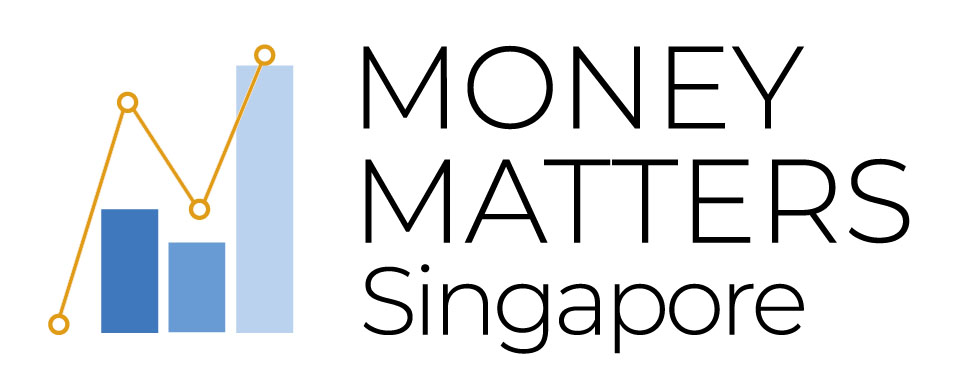Singapore’s real estate market is renowned for its stability and attractiveness to both local and international investors. However, navigating the intricacies of property transactions involves understanding various taxes and levies, including the Buyer’s Stamp Duty (BSD) and Additional Buyer’s Stamp Duty (ABSD). In this article, we will delve into the differences between BSD and ABSD, shedding light on their implications for property buyers in the Lion City.
Buyer’s Stamp Duty (BSD): Unveiling the Basics
BSD is a tax levied on property purchases in Singapore. It is calculated based on the property’s purchase price and payable by the buyer. The BSD rates are progressive, with higher percentages applied to higher property values. As of the last update in December 2023, the rates are as follows:
– 1% for the first S$180,000
– 2% on the next S$180,000
– 3% on the next $640,000
– 4% on the next $500,000
– 5% on the next $1,500,000
– 6% on the remaining amount
For example, if you purchase a property for S$500,000, the BSD would be calculated as follows:
– 1% on the first S$180,000 = S$1,800
– 2% on the next S$180,000 = S$3,600
– 3% on the remaining S$140,000 = S$4,200
Total BSD = S$9,600
Additional Buyer’s Stamp Duty (ABSD): A Closer Look
ABSD is a measure implemented by the Singaporean government to manage demand in the property market, especially among foreign buyers and investors. It is an additional tax imposed on top of the BSD and is applicable to certain categories of property buyers. The ABSD rates depend on the buyer’s profile, the number of properties owned, and their residency status.
As of the last update in December 2023, the ABSD rates for residential properties are as follows:
1. Singapore Citizens:
– 0% for the first property
– 12% for the second property
– 15% for the third and subsequent properties
2. Singapore Permanent Residents (PR):
– 5% for the first property
– 15% for the second and subsequent properties
3. Foreigners:
– 20% for all properties
4. Entities (Companies and Associations):
– 25% for all properties
BSD vs. ABSD: Key Differences and Considerations
1. Applicability:
– BSD is applicable to all property buyers in Singapore.
– ABSD, on the other hand, applies to certain groups such as foreign buyers, PRs, and entities.
2. Rates:
– BSD rates are progressive based on the property value.
– ABSD rates are fixed percentages depending on the buyer’s profile and the number of properties they own.
3. Profiles and Ownership:
– ABSD takes into account the buyer’s residency status and the number of residential properties they own.
– BSD applies uniformly to all property transactions.
4. Changes Over Time:
– Both BSD and ABSD rates are subject to adjustments by the government based on market conditions and policy considerations. It’s essential to stay updated on any changes.
Navigating the Property Landscape
Understanding the distinctions between BSD and ABSD is crucial for anyone considering a property purchase in Singapore. These levies not only contribute to the overall cost of acquiring real estate but also play a role in the government’s efforts to regulate the property market.
Before embarking on a property transaction, it is advisable to consult with real estate professionals and stay informed about any updates to BSD and ABSD rates. This knowledge empowers buyers to make well-informed decisions, aligning with their financial goals and the ever-evolving dynamics of Singapore’s real estate landscape.
